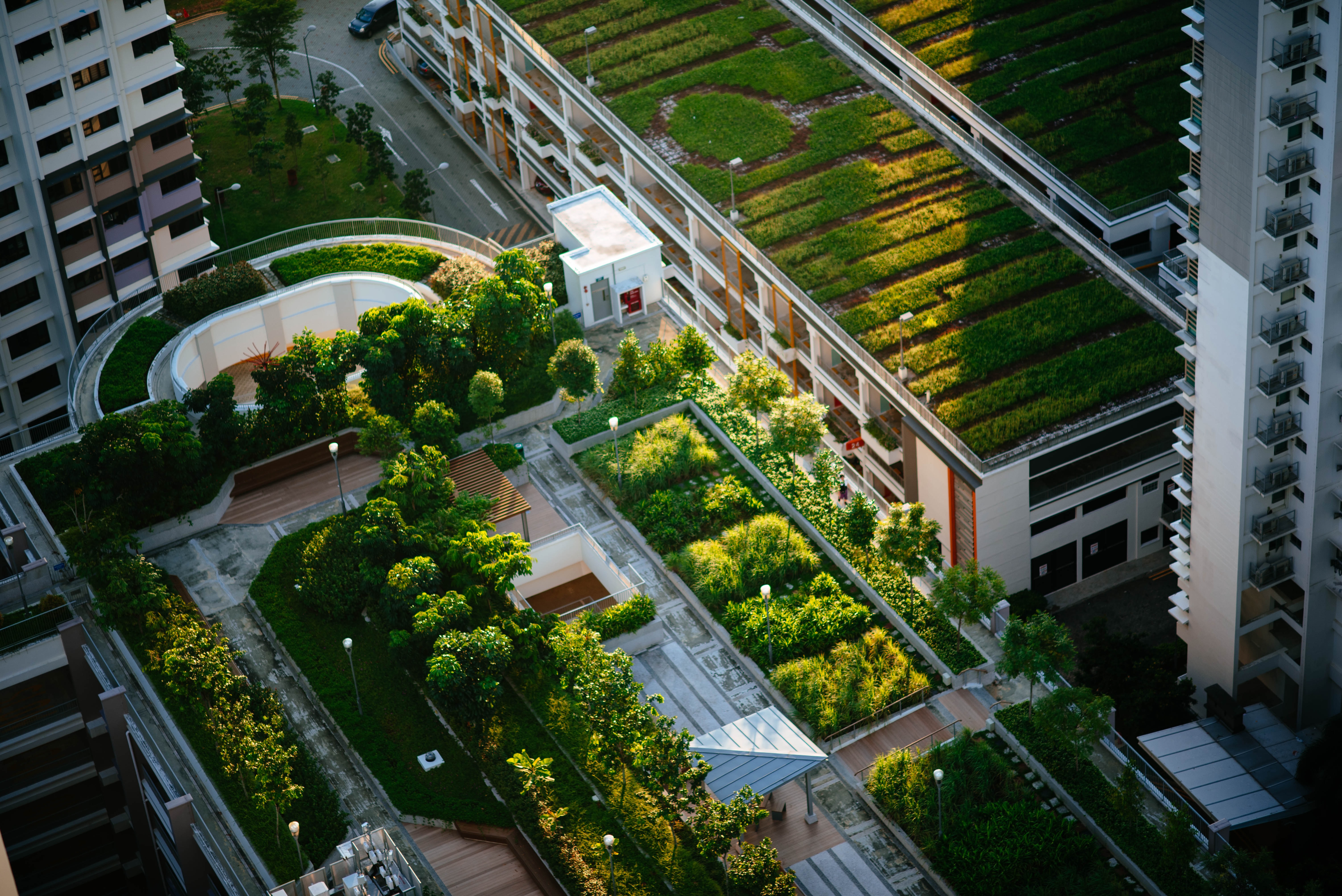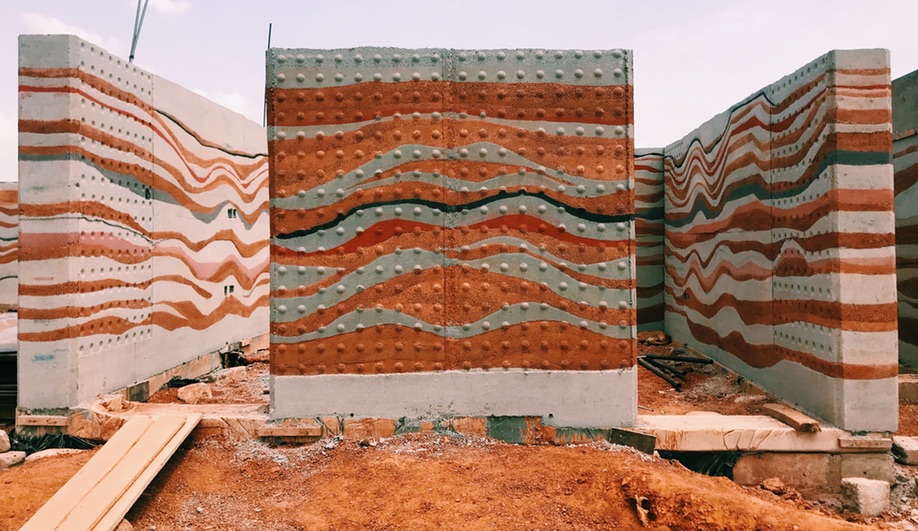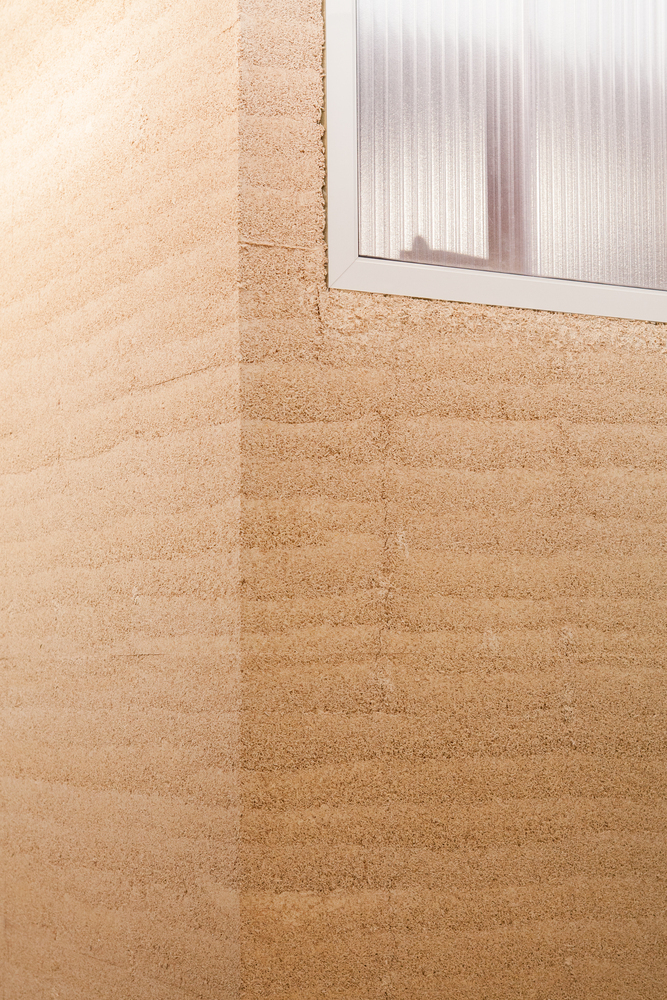What are the benefits of green building?
When you plan a green or sustainable construction project, you help lower your carbon footprint while making a positive impact on the environment—and reducing waste in the process. While using eco-friendly building techniques may require more of an investment upfront, over time they often save money thanks to reduced energy and maintenance costs.
There are many ways to achieve a sustainable green build on your next construction project, but here are some of the most popular predicted green building trends for 2023:
1. Net zero buildings
One of the most popular green building trends for 2023 is net zero buildings. A net zero building is one that produces as much energy as it uses over the course of a year. This can be achieved through a variety of means, including solar panels, wind turbines, and geothermal systems.
Net zero buildings are becoming increasingly popular as they offer significant environmental benefits. The benefits of constructing a net zero building are many and varied, but can be summarized as follows:
- Reduced environmental impact: Net zero buildings are designed to have a minimal impact on the environment throughout their life cycle. This includes reduced emissions of greenhouse gases and other pollutants, as well as reduced water and energy consumption.
- Improved financial performance: Net zero buildings often have lower operating costs than traditional buildings, due to their increased efficiency. This can lead to improved financial performance for building owners and operators.
- Enhanced occupant health and well-being: Net zero buildings are designed to provide a healthy and comfortable indoor environment for occupants. This can lead to enhanced occupant health and well-being, as well as increased productivity.
- Social and community benefits: Net zero buildings can help to create more sustainable communities by providing green space, promoting walkability, and supporting local businesses.
2. Sustainable materials
Another popular green building trend for 2023 is the use of sustainable materials. Sustainable materials are those that can be sourced from renewable or recycled resources. Common examples include bamboo, wool, cork or Hemp.
There are many benefits to using sustainable materials in construction. Sustainable materials are often more durable and require less maintenance than traditional materials, meaning they can save you money in the long run. They also tend to have a smaller environmental footprint than traditional building materials, making them a more sustainable choice for construction projects.
Sustainable materials can also help improve indoor air quality by reducing the off-gassing of harmful chemicals. This is especially important in green buildings, which are designed to be more energy- and resource-efficient than traditional buildings.
3. Green roofs
Green roofs are another popular green building trend for 2023. A green roof is one that is partially or entirely covered with vegetation, and are one of the most innovative and sustainable construction practices in use today.
green roofs are a type of green infrastructure, which is a system of natural or man-made features that provide environmental benefits. green roofs can be used on new or existing buildings, and come in a variety of shapes, sizes, and colours. green roofs can be planted with a variety of vegetation, including sedum, grasses, shrubs, and trees.
Green roofs offer many benefits to building owners and occupants, the environment, and the community, including:
- Reduced stormwater runoff: green roofs can absorb rainwater and slow down the release of water into storm sewer systems. This can help reduce flooding and erosion, and improve water quality.
- Improved water and energy efficiency: green roofs can reduce the need for irrigation and cooling, and help regulate indoor temperatures. This can lead to reduced water and energy consumption, and lower utility bills.
- Extending the life of a roof: green roofs can protect a roof from UV rays, extreme temperatures, and physical damage. This can extend the life of a roof by up to two times.
- Reducing greenhouse gas emissions: green roofs can help cool the air and reduce the urban heat island effect. This can lead to reduced energy use, and lower carbon dioxide emissions.
- Providing habitat for birds and other wildlife: green roofs can provide a safe place for birds and other animals to live and nest. This can help to improve local biodiversity.
Green roofs are an important part of sustainable construction and green building. green roofs can help to reduce the environmental impact of a building, and provide economic, social, and environmental benefits.
4. Passive design
‘Passive design’ is a term for a type of design that takes the local climate into account to help maintain comfortable temperatures in the building without additional heating or cooling, which can save energy and money. Passive design techniques can include things like orienting a building to take advantage of solar gain or using green roofs and green walls to cool a building naturally.
Passive design often requires active users or occupants to function properly. A well-designed passive building can provide thermal comfort for many years, lowered energy bills, and lower carbon emissions into the atmosphere.
Passive design takes advantage of nature’s heating and cooling sources, like the sun and wind, to minimize heat gain and loss in a building. The best way to implement passive design is when first designing or constructing a building, but many features can also be added through renovations or simple building improvements over time.
In addition, passive design can help to save money on energy and water bills, and reduce maintenance and operational costs over the life of a building.



